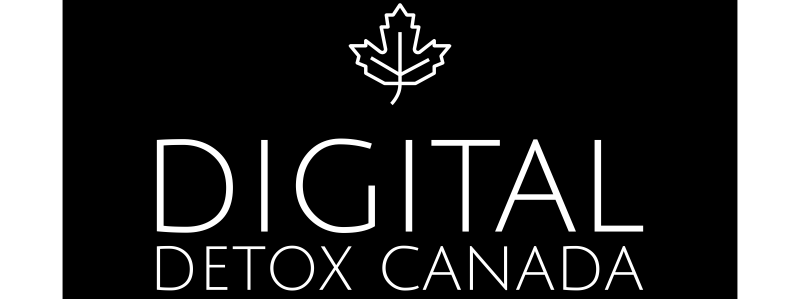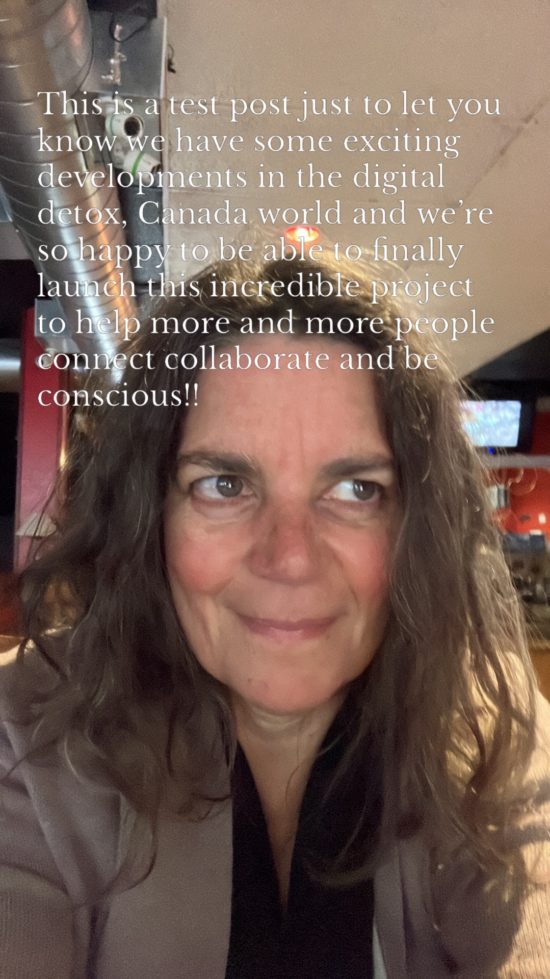It might seem like counter-intuitive but recently I started using ChatGPT to help me with some of the course work I am creating to guide students to the information available to them about the issues we find ourselves facing in the digital age.
I was recently listening in on a Clubhouse conversation about making money with ai tools. The speaker shared about using it to write your social media copy and create scripts that address the objections to your sale -and I was immediately struck by the thought of being inundated with ai written copy and trying to argue with sales people who had the perfect answer to everything. Well the Clubhouse members reassured me that I wouldn’t have to download anything to use it and things as they are I just had to see for myself what all the hype was about.
As I was interested in putting some books on my resource list I asked “the Chat” as I’ve come to fondly call it for a synopsis of the readings. Here’s what Chat had to say about a book I found on the street as a give-away along with a stack of hard covers that looked right up my alley. It was a hot, hot day in Toronto in the concrete jungle but I lugged them back to my place anyway.
Finally, all I had to do was put the book on my shelf, it turns out I don’t have to crack the parchment I can just ask my chatty friend to tell me about it.
Human-Centered Communication by Beute and Pacinelli: A Business Case Against Digital Pollution
In today’s digital age, our communication is becoming increasingly digitalized, and with it comes the danger of what the authors of Human-Centered Communication, Andrew Beute and Russ Pacinelli, call “digital pollution.” In their book, they argue that this type of communication is destroying our ability to connect with one another on a meaningful level. They propose a new approach to communication that prioritizes human-centered values.
In this article, we’ll explore the key ideas and concepts presented in Human-Centered Communication, and how it can help businesses build stronger connections with their customers and stakeholders.
Introduction to Human-Centered Communication
Human-Centered Communication is about prioritizing human values in all forms of communication, especially in digital channels. The authors argue that our current digital communication practices are often impersonal and focused on efficiency, rather than on building authentic relationships. They propose that we shift towards a communication model that is more human-centered, empathetic, and meaningful.
Key Ideas in Human-Centered Communication
One of the main ideas presented in the book is the concept of “digital pollution.” The authors argue that the rise of digital communication has led to an overload of information, which can make it difficult to connect with others on a deeper level. They propose that businesses adopt a more human-centered approach to communication, which involves understanding and responding to the needs and values of their customers and stakeholders.
Another key concept in the book is the importance of empathy. The authors argue that empathy is essential for building authentic connections with others. By understanding and respecting others’ perspectives, we can build trust and establish more meaningful relationships.
The book also emphasizes the importance of transparency and honesty in communication. The authors suggest that businesses should be transparent about their goals, values, and practices, and should communicate honestly with their customers and stakeholders. This builds trust and credibility, which can help businesses stand out in a crowded digital marketplace.
Strategies for Human-Centered Communication
Human-Centered Communication offers several strategies for businesses to adopt a more human-centered approach to communication. These include:
- Active listening: Businesses should listen to their customers and stakeholders, seeking to understand their needs, values, and perspectives.
- Empathy: Businesses should strive to understand their customers’ and stakeholders’ experiences and feelings, and respond in a way that respects and values their needs.
- Transparency: Businesses should be transparent about their goals, values, and practices, and communicate honestly with their customers and stakeholders.
- Respect: Businesses should show respect for their customers’ and stakeholders’ opinions and experiences, even if they disagree with them.
- Collaboration: Businesses should work collaboratively with their customers and stakeholders, seeking their input and feedback, and co-creating solutions together.
Conclusion
In the digital age, it’s more important than ever for businesses to adopt a more human-centered approach to communication. Human-Centered Communication by Beute and Pacinelli provides valuable insights and strategies for building stronger, more authentic connections with customers and stakeholders, and reducing digital pollution. By prioritizing empathy, transparency, respect, and collaboration, businesses can build trust and establish more meaningful relationships that stand out in a crowded digital marketplace.
We highly recommend this book to anyone looking to improve their communication practices and build stronger relationships in a digital world.
This one is co-authored by Richard Branson’s daughter and includes an epilogue written by him.
WEconomy by Branson, Kielburger, and Kielburger: A Comprehensive Review
At a time when the world is facing unprecedented challenges, the concept of a “WEconomy” has become more relevant than ever. Co-authored by Sir Richard Branson, Craig Kielburger, and Marc Kielburger, the book “WEconomy: You Can Find Meaning, Make a Living, and Change the World” explores how individuals and businesses can create a better world while also achieving success.
In this review, we’ll delve into the key ideas and concepts presented in the book, and explain how they can help individuals and businesses to make a positive impact in the world.
Introduction to WEconomy
The book is based on the idea that a new economic model is needed, one that prioritizes social responsibility and environmental sustainability alongside financial profit. The authors suggest that by adopting a “WEconomy” approach, individuals and businesses can create a world that is more equitable, more sustainable, and more prosperous for everyone.
One of the key ideas presented in the book is the importance of finding a purpose beyond profit. The authors suggest that businesses that are driven by a higher purpose are more successful in the long run, and that employees are more engaged and motivated when they feel that their work has a positive impact on the world.
Creating a WEconomy
The authors also explore the idea of “WE-centric” leadership, in which leaders prioritize collaboration, empathy, and the greater good over individual success. They suggest that by fostering a culture of cooperation and compassion, businesses can create more innovative, more resilient, and more profitable organizations.
Another important aspect of the WEconomy is the idea of social entrepreneurship. The authors argue that businesses can have a positive impact on society while also generating financial returns, and that social entrepreneurs have an important role to play in driving positive change.
Finally, the book provides practical advice on how individuals and businesses can implement the principles of the WEconomy in their own lives and organizations. From creating a sense of purpose and shared values, to developing sustainable business practices and giving back to the community, the book offers a comprehensive roadmap for creating a better world.
Conclusion
Overall, WEconomy by Branson, Kielburger, and Kielburger is a compelling and informative book that presents a vision for a more equitable, sustainable, and prosperous world. It offers practical guidance for individuals and businesses seeking to make a positive impact on society, while also achieving financial success.
If you’re interested in learning more about the WEconomy and how you can create a better world, we highly recommend reading this book. By adopting the principles and practices outlined in the book, you can join the growing movement of individuals and businesses who are committed to creating a better future for all.


